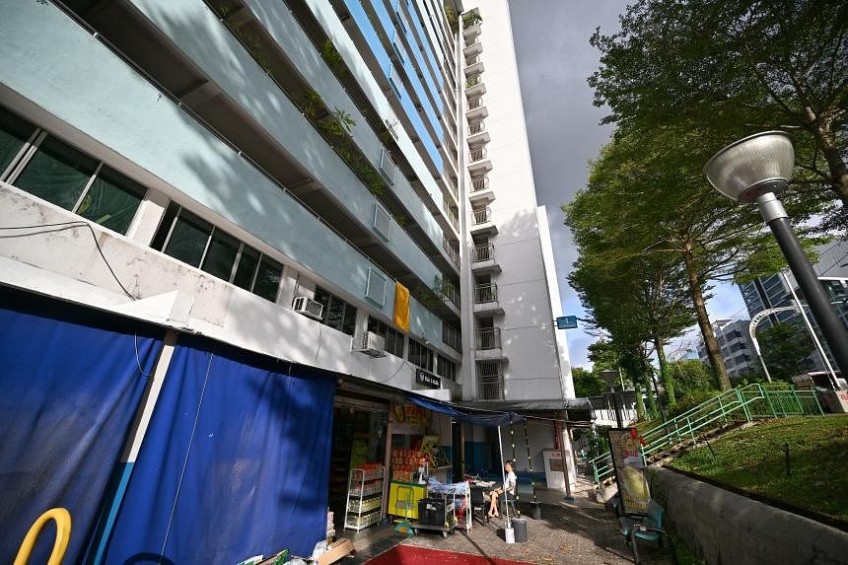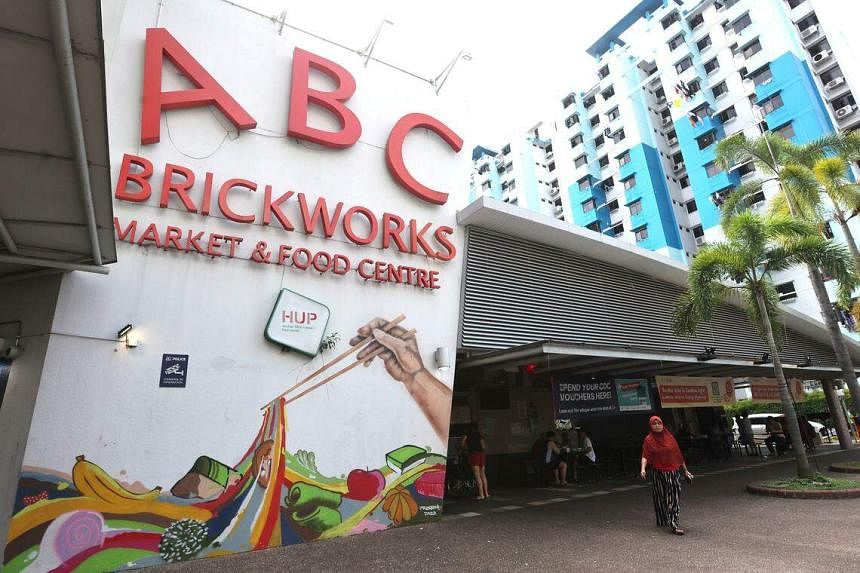3,000 people in Jalan Bukit Merah to undergo TB screening as 10 new cases surface


SINGAPORE - Ten new tuberculosis cases have been found to be part of a Jalan Bukit Merah cluster that first surfaced in 2022. This has prompted the Ministry of Health (MOH) to start a mass screening exercise from Jan 11 to 15 to identify any undetected active cases and prevent further transmission.
An estimated 3,000 individuals, including current residents and workers at Blocks 1 and 3 Jalan Bukit Merah, workers at ABC Brickworks Market and Food Centre as well as the clients and staff of the senior activity centre at Block 3, will undergo TB screening, in what is a major TB screening exercise.
The 10 additional active TB cases are genetically linked to the previously announced cluster of seven cases at Block 2 Jalan Bukit Merah in 2022, it said. In total, the cluster now has 28 cases, including four at Blocks 1 and 3 that surfaced afterwards and seven that were picked up during the mass screening exercise that was held after the cluster of seven was identified.
The new screening effort is a risk mitigation exercise, in an effort to bring rates of TB down further in Singapore, said an MOH spokesman. The disease is endemic worldwide.
“Because we have detected these new cases, as a precaution we are conducting both mandatory and voluntary screening so we can reduce any further risk,” he said.
While TB rates have been declining in Singapore over the years, there were still 1,251 new active TB cases among Singapore residents in 2022.
The prevention of transmission is challenging because an individual can develop active TB disease months or years after being exposed to it, but new genetic sequencing techniques in recent years have allowed MOH to more accurately link TB cases to one another, conduct screening and, hopefully, lower transmission numbers as much as possible, it said.
[[nid:656920]]
The 10 cases had surfaced between February 2022 and July 2023. Of the 10, two live in Block 1, one lives in Block 2, one works at the market and six reported frequent visits to the market and food centre but do not live in Jalan Bukit Merah.
MOH said these individuals started their treatment upon diagnosis and are no longer infectious, as active TB disease rapidly becomes non-infectious once treatment starts.
It is also offering voluntary screening to a few groups of people. The first group comprises frequent visitors of ABC Brickworks Market and Food Centre or the three blocks in Jalan Bukit Merah. They had spent more than 12 hours a month there, any time between Nov 21 and Jan 24.
The rest are those who are living and working at Block 2 but did not undergo TB screening during the previous mass screening exercise in 2022, former residents and tenants of Blocks 1 and 3, and the pre-school teachers and pupils at Block 3.
MOH said that screening is not necessary for those who had only occasionally visited the blocks, market and food centre or the area because the risk of transmission to people who are not close contacts of a TB case is low.

TB is a curable airborne disease. Most people have lung TB, which spreads when a person coughs or sneezes. Those at risk of being infected are people with close, prolonged day-to-day contact of days to weeks, rather than minutes to hours, with the person, MOH said.
One cannot get TB from sharing cups, utensils or food. TB is also not spread through shaking hands, kissing, touching bedlinen or toilet seats.
In addition to the active cases that were picked up, MOH has also detected almost 200 cases of latent TB infection after screening almost 800 individuals in Jalan Bukit Merah in 2022.
About 10 per cent of those with latent TB infection will develop active TB disease over their lifetime, but the risk is highest in the first two years after being infected.
Those with active TB disease often exhibit symptoms like a cough that lasts for more than three weeks, persistent fever, night sweats, weight loss, fatigue and, rarely, blood in their sputum. Treatment involves taking a combination of drugs for at least six to nine months. Within two weeks of treatment, they will become non-infectious.
Those with latent TB infection do not have symptoms and cannot spread the disease to others, but the TB bacteria in their body can become active months to years later. They will be offered preventive treatment to reduce the risk of developing active TB in the future. Treatment involves taking one type of medication for four to six months.
From Jan 6 to 9, staff from MOH and the National Centre for Infectious Diseases, with support from the People’s Association, will be visiting all units at the affected blocks and stalls at the ABC Brickworks Market and Food Centre to engage residents and stallholders and answer any questions that they may have.
This article was first published in The Straits Times. Permission required for reproduction.